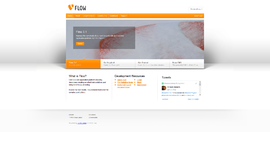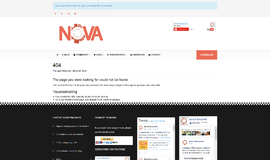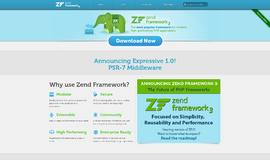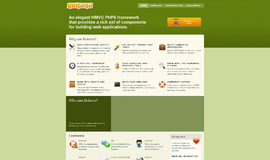
What is it all about?
Symfony is a PHP full-stack web framework. It is written with speed and flexibility in mind. It allows developers to build better and easy to maintain websites with PHP.
Symfony can be used to develop all kind of websites, from your personal blog to high traffic ones like Dailymotion or Yahoo! Answers.
Key Features
* Symfony Framework: The leading PHP framework to create websites and web applications. Built on top of the Symfony Components. * Symfony Components: A set of decoupled and reusable components on which the best PHP applications are built, such as Drupal, phpBB, and eZ Publish. * Symfony Community: A huge community of Symfony fans committed to take PHP to the next level. * Symfony Philosophy: Embracing and promoting professionalism, best practices, standardization and interoperability of applications.
Compare Products
Select up to three two products to compare by clicking on the compare icon () of each product.
{{compareToolModel.Error}}
















{{CommentsModel.TotalCount}} Comments
Your Comment